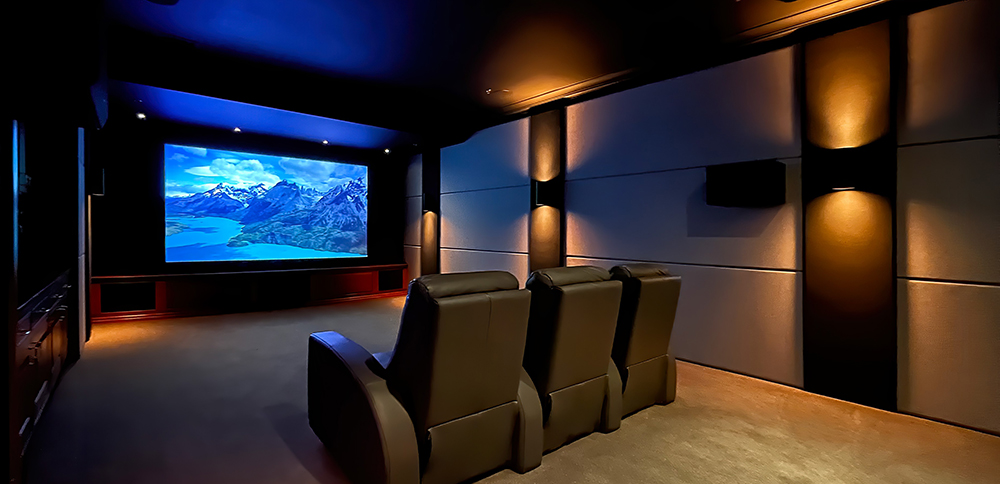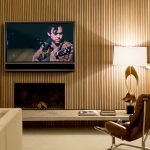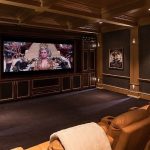What to Know When Retrofitting a Home Theater – Part One
Part One – Room Basics
As more new-release movies and other video content are releasing directly to streaming platforms, having a dedicated space for movie night has never been more important. For those thinking about converting a bonus room or other seldom used space into a comfortable home theater there are a few considerations to take into account to ensure a successful project and a perfect result.
First among these considerations is if a general contractor should be brought in to manage the project. There are a lot of factors that can play into this, but the first question should be, does the space need anything in the way of walls moved, doors relocated, or other such invasive alterations. Typically, the issues that would drive such alterations would be the locations of the major components of a home theater or media room, namely the seating plan and the location (and size) of the television or projection screen. In some cases, the relocation of a door or a removal of a wall can drastically change the layout of a room, allowing for more comfortable viewing and more convenient tread spaces.
Another important consideration of the retrofit of a home theater are the adjacent spaces to the room. If a potential home theater is next to a room where family members sleep or work, then sound transmission and vibration through walls can be an issue. While products and techniques exist for sound isolating one room from another, in almost all cases thorough solutions would involve the reconfiguration of walls and installation of special materials, taking such a project away from a simple retrofit down the spectrum towards in-depth remodel.
Seating is a consideration in any room where relaxation and recreation is the main goal, and when it comes to home theaters and other forms of television rooms, the style and choice of seating will set the tone and mood of the room. Some may prefer a luxury movie theater style of seating, which has a more traditional home theater feel, while others may prefer sumptuous sofas that bring warmth and coziness to the space.
Comfort is key in any home theater and an often-overlooked detail is the HVAC system. A room intended as a spare bedroom, could potentially have issues when converted to a home theater that might seat six to eight people. In addition to the heat created by people, it’s also prudent to remember that electronics also produce heat, and the location of the electronics is always a top concern of Custom Audio Video’s designers. When in doubt, it is always a good idea to consult an HVAC service contractor about a home theater plan and explore options to keep the room comfortable.

The considerations outlined above have many possible outcomes depending on the room in question and the end goals of the homeowner, and that is why it is always a good idea to speak with a Custom Audio Video sales-designer about a retrofit home theater or TV room.











